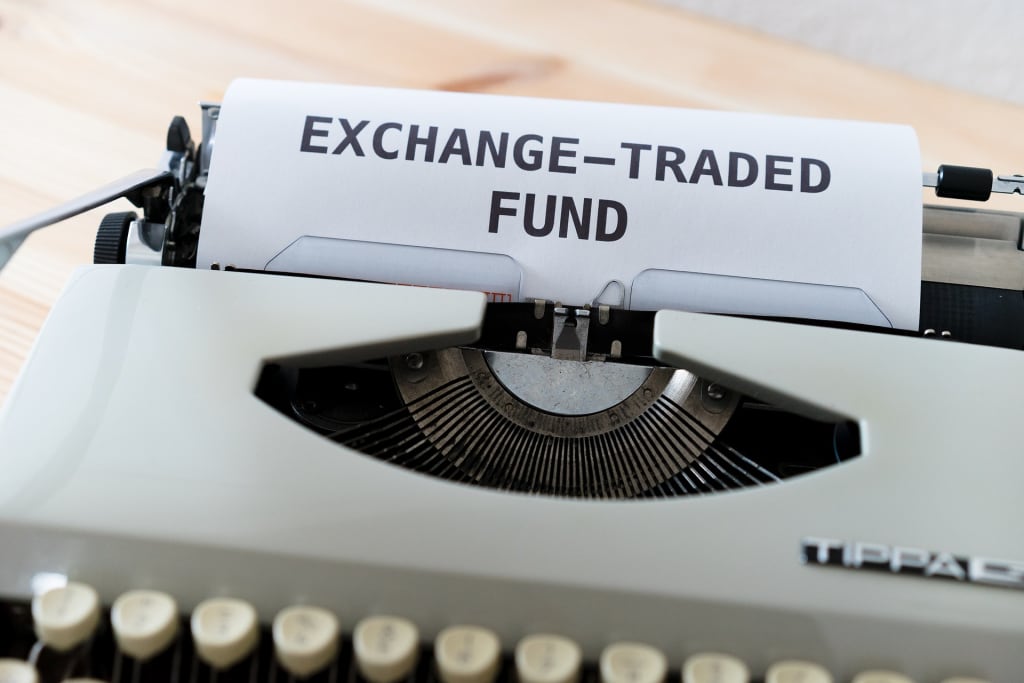What is the latest on ETFs?
Trade exchanged reserves (ETFs) are venture vehicles that track the presentation of a specific market list or resource class.

Trade exchanged reserves (ETFs) are venture vehicles that track the presentation of a specific market list or resource class. They are traded on stock trades, very much like individual stocks, and deal financial backers a helpful and savvy method for enhancing their portfolio.
As of late, ETFs have become progressively well known among individual financial backers, due to some extent to the large number of choices accessible and the low expenses related with trading them. There are presently ETFs accessible that track essentially every resource class, including stocks, securities, items, and land, as well as additional particular areas like innovation, medical services, and developing business sectors.
One pattern that has built up momentum in the ETF market is the utilization of "savvy beta" procedures, which mean to beat customary market-capitalization-weighted record assets by utilizing elective weighting strategies. These procedures can include zeroing in on variables like worth, energy, or quality, and have become well known with financial backers searching for approaches to possibly produce more significant yields or oversee risk.
One more improvement in the ETF market has been the development of effectively overseen reserves, which are regulated by a portfolio chief who settles on conclusions about which protections to remember for the asset. While these kinds of ETFs can offer the potential for beating the more extensive market, they additionally convey the additional gamble of underperformance and regularly accompany higher expenses than latently oversaw record reserves.
By and large, the ETF market proceeds to develop and offer financial backers many choices for building a different portfolio. Financial backers must cautiously consider their venture targets and hazard resistance prior to picking which ETFs to remember for their portfolio.In recent years, ETFs have also faced increased scrutiny from regulators and policymakers. One area of concern has been the potential for ETFs to contribute to market volatility, particularly during times of market stress. There have also been debates about the appropriate level of disclosure and transparency for ETFs, particularly those that hold less liquid or harder-to-value assets.
In response to these and other issues, various regulatory bodies around the world have implemented or proposed new rules for the ETF market. For example, the US Securities and Exchange Commission (SEC) has proposed new requirements for the use of derivatives by ETFs, as well as enhanced disclosure and reporting requirements for funds that invest in less liquid assets. Despite these challenges, ETFs remain a popular choice for many investors, and the market is expected to continue growing in the coming years. Some experts predict that the proliferation of ETFs tracking niche or specialized segments of the market could lead to increased competition and lower fees for investors, while others caution that the continued growth of the ETF market could also lead to increased complexity and the need for careful due diligence on the part of investors.
One potential concern for investors in ETFs is the risk of "tracking error," which occurs when the performance of an ETF deviates from the underlying index or asset class it is designed to track. Tracking error can be caused by a variety of factors, including fees and expenses, liquidity issues, and the use of derivatives or other investment techniques. While tracking error is generally considered to be a normal part of the ETF landscape, it can have an impact on the returns experienced by ETF investors and should be taken into account when selecting a fund.
Another potential risk for ETF investors is the potential for "flash crashes," which are sudden and dramatic declines in the value of an ETF or other security. Flash crashes can be caused by a variety of factors, including market manipulation, liquidity issues, or automated trading algorithms. While flash crashes are generally considered to be rare events, they can have significant consequences for investors, particularly if they result in the forced liquidation of positions at unfavorable prices.
About the Creator
Enjoyed the story? Support the Creator.
Subscribe for free to receive all their stories in your feed. You could also pledge your support or give them a one-off tip, letting them know you appreciate their work.





Comments
There are no comments for this story
Be the first to respond and start the conversation.